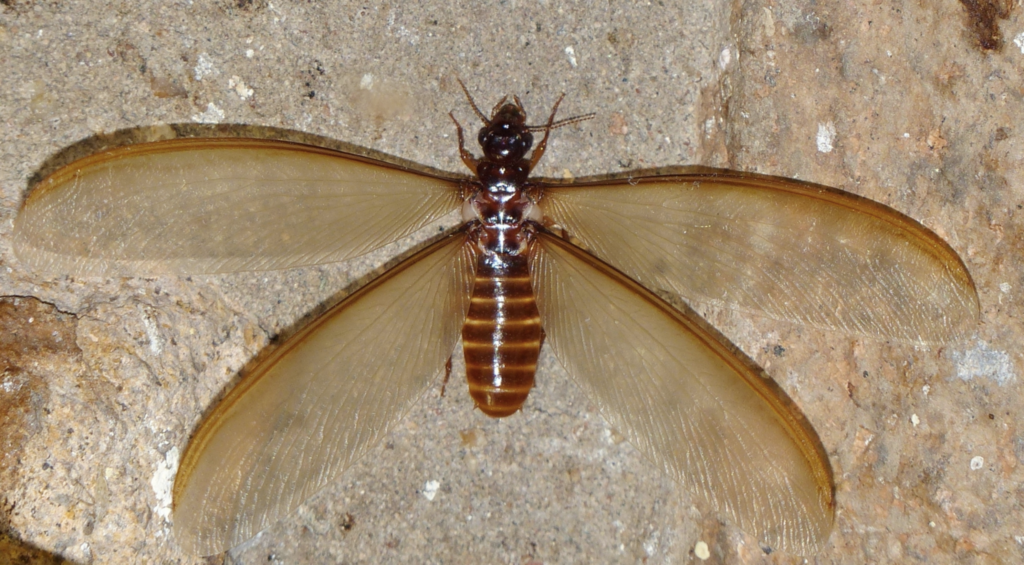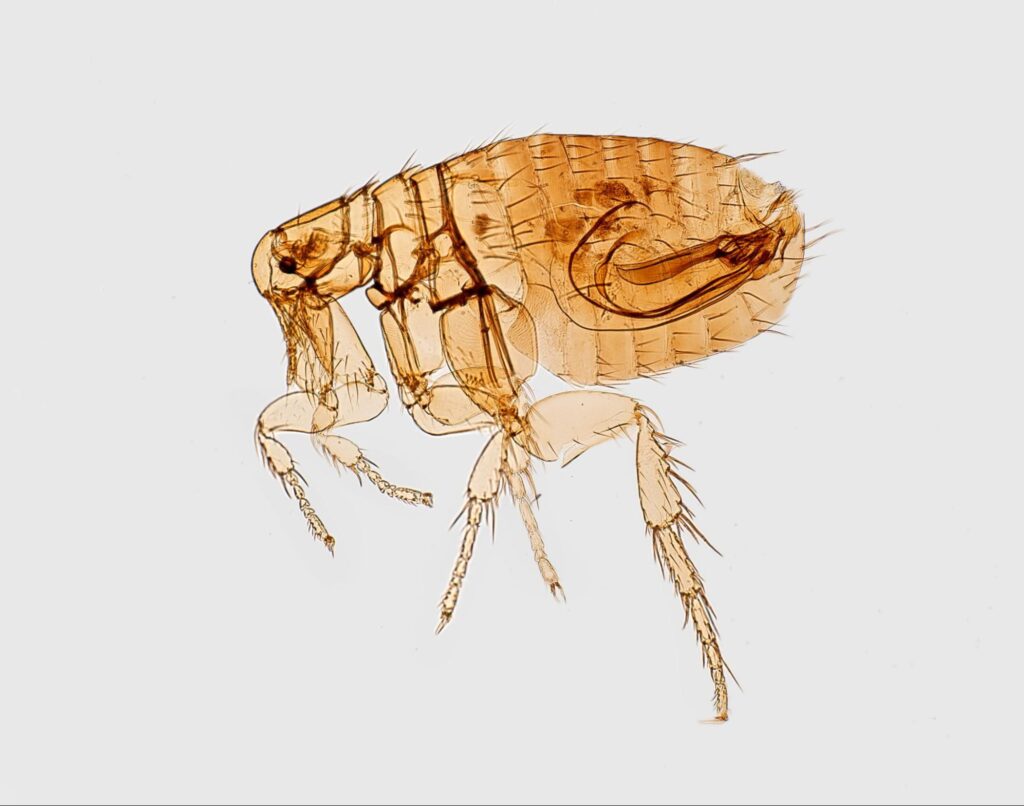Over 27,000 different insect species live in California, according to the University of California’s Environment and Natural Resources. While insects may all look different, they can be difficult to identify if you’re not familiar with their features.
This California Insect Identification Guide will teach you everything you need to know about correctly naming the most common insects that you can find at home, from their physical characteristics to their behavior. By knowing how to identify these critters, you’ll be able to understand their behavior better and assess whether or not they can cause any harm to your home or family.
11 Most Common Types of Insects in California and How to Spot Them
Every home probably has one or even more bugs. Here’s how you can identify the most common insects in California homes:














